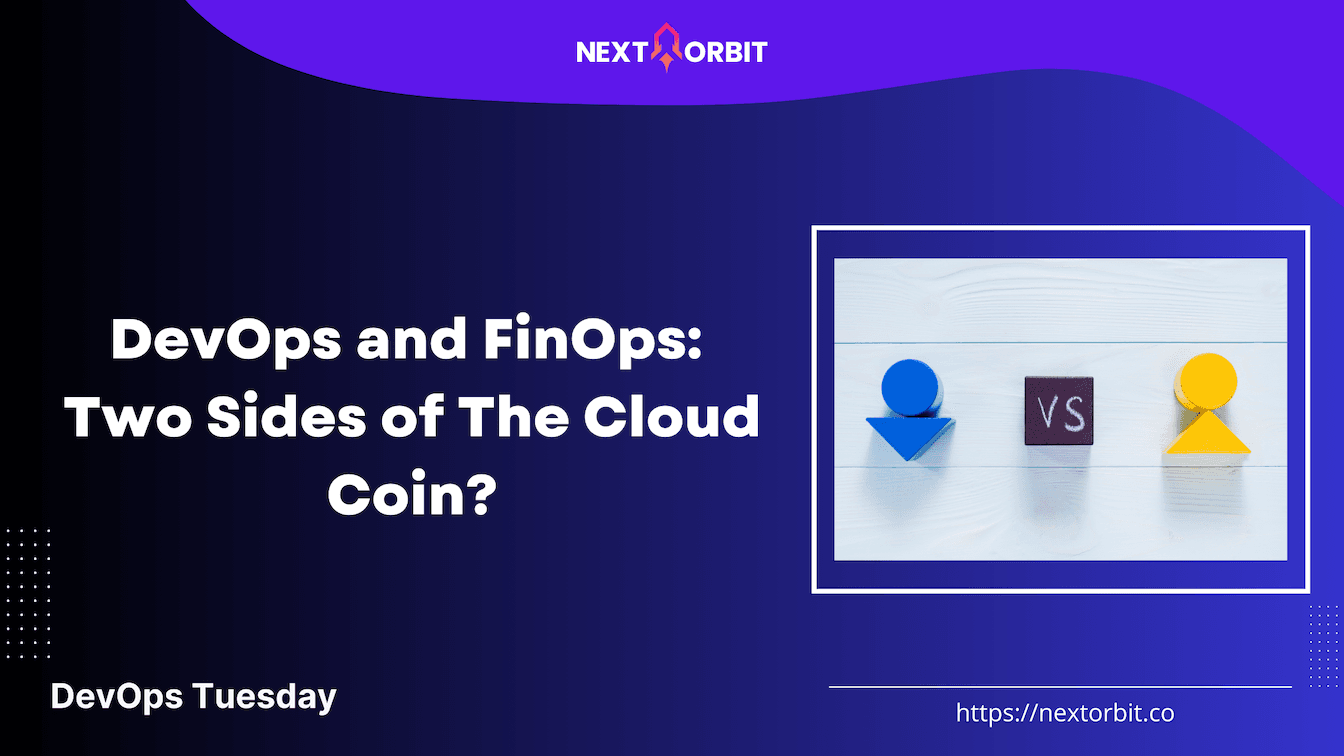DevOps + FinOps
The cloud has changed everything. Businesses can scale instantly, experiment faster, and pay only for what they use. At least, that’s the promise. In reality, many companies discover their monthly bills ballooning out of control, often with little clarity on where the money went.
This is where two disciplines, DevOps and FinOps, step in. They are the unlikely partners ensuring the cloud delivers speed and value. Let’s break down what each does, how they differ, and why combining them is the key to unlocking the cloud without breaking the bank.
DevOps: Building for Speed and Reliability
DevOps is all about delivering software faster, safer, and more reliably. It brings together development and operations teams, encouraging collaboration and using automation to remove bottlenecks.
Think: CI/CD pipelines, infrastructure as code, automated monitoring, and on-demand scaling. The goal is simple – shorten time to market while keeping systems stable. And, the unexpected result (usually)? Innovation at the cost of ballooning bills.
FinOps: Bringing Financial Accountability to the Cloud
Enter FinOps – short for Financial Operations. If DevOps is about speed, FinOps is about accountability and efficiency.
FinOps aligns finance, engineering, and business teams to answer critical questions:
- Who is spending what in the cloud?
- Are we paying for resources we don’t need?
- How can we optimize costs without slowing down innovation?
Through cost allocation, tagging, rightsizing, forecasting, and anomaly detection, FinOps ensures organizations use the cloud wisely. It’s not about penny-pinching – it’s about making sure every dollar spent ties back to business value.
DevOps vs. FinOps: Two Sides of the Same Coin
Let’s compare:
| DevOps | FinOps | |
| Focus | Speed, automation, reliability | Cost visibility, accountability, and efficiency |
| Metrics | Deployment frequency, MTTR, uptime | Spend by team, forecast accuracy, cost per workload |
| Stakeholders | Developers, Ops engineers | Finance, engineering leads, business owners |
The real insight? They don’t compete – they complement each other. DevOps accelerates delivery; FinOps makes sure that acceleration doesn’t come with a financial crash.
Why You Need Both
- Cost-aware development
Engineers often overlook how small design choices add up. A bigger instance type or always-on resource can quietly double costs. FinOps makes these costs visible, guiding DevOps teams to design leaner systems. - Automated guardrails
Just like CI/CD pipelines prevent bad code from shipping, cost guardrails prevent runaway spend. For example, alerts when a deployment exceeds budget, or policies that block non-approved instance types. - Performance vs. price tradeoffs
DevOps monitors speed and stability; FinOps monitors cost. Together, you can decide: is that extra millisecond of latency worth a 30% higher bill? - Shared accountability
Instead of finance chasing engineers about bills, FinOps distributes ownership. Each team sees the impact of their choices, much like they already own reliability and uptime.
Avoiding Common Pitfalls
- Isolating FinOps in finance. Treating it as a “cost police” role creates friction. Instead, embed it into engineering culture.
- Optimizing too early. Don’t obsess over shaving pennies before finding product–market fit. Focus first on visibility, then iterate.
- Neglecting tagging. Without tagging resources, you can’t trace spend back to teams or features. It’s the backbone of FinOps.
- Relying on manual reviews. Cloud moves fast – you need automation to flag anomalies in real time.
- Skipping cultural change. Cost awareness requires training, incentives, and leadership support.
Steps to Get Started
- Build visibility – set up dashboards that show who’s spending what.
- Tag everything – link resources to teams, projects, or environments.
- Set budgets and alerts – treat them as early warnings, not punishments.
- Integrate into CI/CD – add cost checks alongside security and quality gates, ideally with policy as code.
- Review regularly – optimize unused resources, leverage reserved/spot instances, and refine forecasts.
Making Cloud a Lever, Not a Liability
DevOps gave us the ability to move at lightning speed. FinOps gives us the ability to do it sustainably. Alone, each discipline solves half the problem. Together, they unlock the full promise of cloud-fast innovation that doesn’t burn a hole in your pocket.

